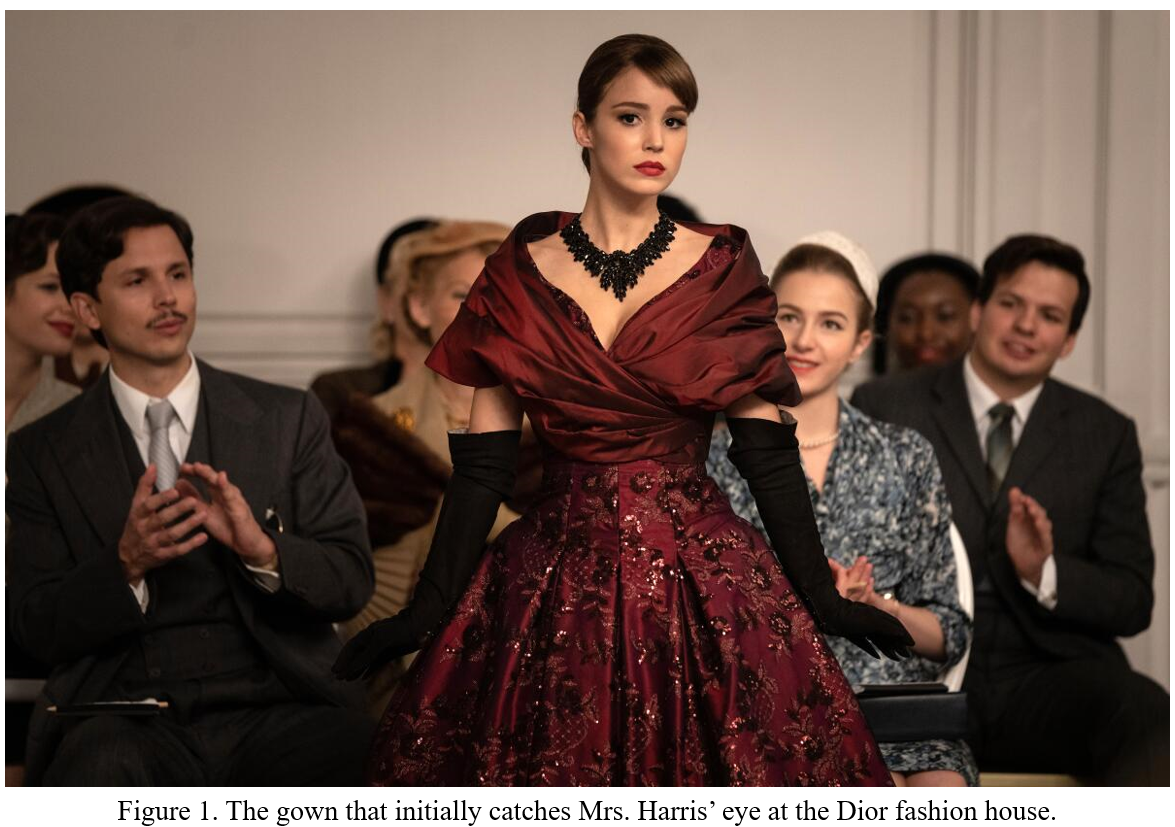Dior and Cinematic Art: The Aesthetic Deconstruction and Cultural Significance of Fashion Film Narratives
Abstract
Movies have witnessed a growing diversity in their content, form, and means of expression. This diversity has shattered the confines of traditional mainstream cinema, transforming the medium into a vehicle for capital operations and brand marketing. Fashion has adeptly employed the cinematic realm to foster communication between fashion brands and their audiences, effectively bridging the gap between the public and the world of fashion through unique storytelling techniques.
In this article, we will use Christian Dior as a case study, delving into specific films as the starting point for our discussion. We will explore how storytelling methods play a pivotal role in brand building, thereby demonstrating that the narrative employed in fashion films is a crucial tool for brand development and a novel avenue for fashion communication. Simultaneously, this audio-visual narrative facilitates direct emotional connections between the fashion world and its audience.
References
Del Pino Romero, C., & Castelló-Martínez, A. (2015). La comunicación publicitaria se pone de moda: Branded content y fashion films. Revista Mediterránea de Comunicación: Mediterranean Journal of Communication, 6(1), 105-128.
Hall, S. (2005). The rediscovery of ‘ideology’; return of the repressed in media studies. In Culture, society and the media (pp. 52-86). Routledge.
Head, S. W. (1952). Content analysis of television drama programmes. Quarterly of Film, Radio, and Television, 9(2), 175-192. https://doi.org/10.2307/1209974
Lipovetsky, G. (1990). El imperio de lo efímero: La moda y su destino en las sociedades modernas. Barcelona: Anagrama.
Lowry, D. T., & Towles, D. E. (1989). Prime time TV portrayals of sex, contraception, and venereal diseases. Journalism Quarterly, 66(2), 347-352. https://doi.org/10.1177/107769908906600211
Marín, J. A. J. (2019). La puesta en escena y la postproducción digital del fashion film en España (2013-2017). El nuevo formato audiovisual de comunicación en moda concebido para Internet. Revista de la Asociación Española de Investigación de la Comunicación, 6(11), 165-184. https://doi.org/10.24137/raeic.6.11.10
Menéndez Menéndez, M. I. (2009). Aproximación teórica al concepto de prensa femenina. Comunicación y Sociedad, 22(2), 27-34. https://doi.org/10.15581/003.22.36264
Mijovic, N. (2013). Narrative form and the rhetoric of fashion in the promotional fashion film. Film, Fashion & Consumption, 2(2), 175-186. https://doi.org/10.1386/ffc.2.2.175_1
Mulvey, L. (2013). Visual pleasure and narrative cinema. In Feminism and film theory (pp. 57-68). Routledge.
Olson, B. (1994). Sex and the soaps: A comparative content analysis of health issues. Journalism Quarterly, 71(4), 840-850. https://doi.org/10.1177/107769909407100408
Peisajovich, S. (2022). Fashion film, entre el cine y la moda. Cuadernos del Centro de Estudios en Diseño y Comunicación. Ensayos, (152), 85-92.
Prasad, B. D. (2008). Content analysis. Research methods for social work, 5, 1-20.
Simmel, G. (1957). Fashion. American Journal of Sociology, 62(6), 541-558.
Soloaga, P. D., & Guerrero, L. G. (2016). Fashion films as a new communication format to build fashion brands. Communication & Society, 29(2), 45-61. https://doi.org/10.15581/003.29.35923
Stam, R. (2017). Film theory: An introduction. John Wiley & Sons.
Tesoriere, P. A. (2021). Fashion film: Tendencia mundial en comunicación. Cuadernos del Centro de Estudios en Diseño y Comunicación. Ensayos, (100), 231-240. https://dx.doi.org/10.18682/cdc.vi100.3999
Tur, V., & Segarra, J. (2014). Branded content y storytelling: El arte de crear contenidos y contar historias. Madrid: ESIC. Retrieved from https://dialnet.unirioja.es/servlet/articulo?codigo=4687700
Uhlirova, M. (2013). 100 years of the fashion film: Frameworks and histories. Fashion Theory, 17(2), 137-157. https://doi.org/10.2752/175174113X13541091797562
Zavala, L. (2010). El análisis cinematográfico y su diversidad metodológica. Revista Casa del Tiempo, 3(5), 26-52.


This work is licensed under a Creative Commons Attribution 4.0 International License.
Copyright for this article is retained by the author(s), with first publication rights granted to the journal.
This is an open-access article distributed under the terms and conditions of the Creative Commons Attribution license (http://creativecommons.org/licenses/by/4.0/).

















1.png)





